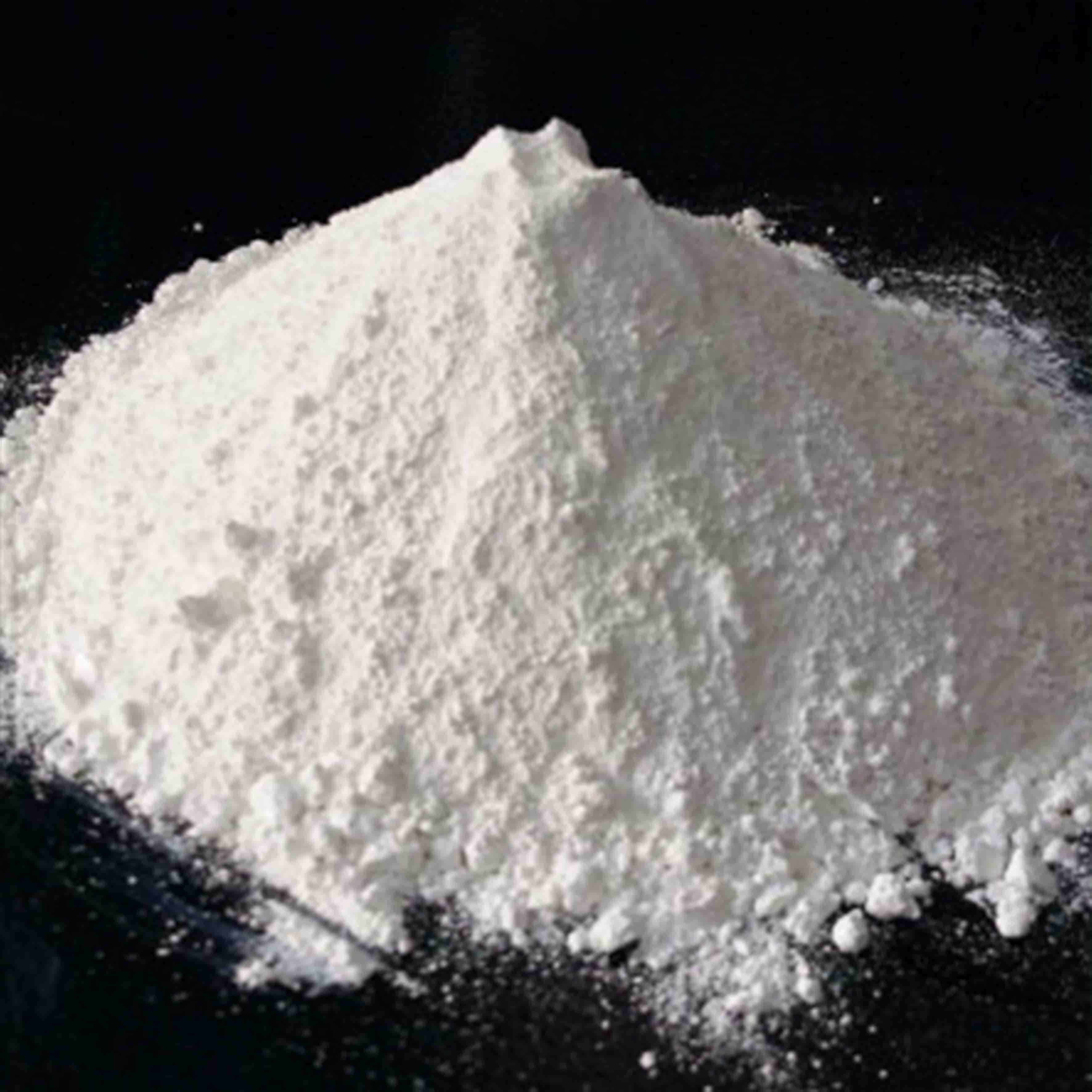
Th11 . 11, 2024 15:08 Back to list
anatase titanium dioxide in coatings factories
The Role of Anatase Titanium Dioxide in Coating Factories
Anatase titanium dioxide (TiO2) has become an essential component in the manufacturing processes of coatings. Known for its desirable properties, anatase TiO2 serves multiple functions, including as a pigment, a UV filter, and a photocatalyst. This article explores its significance in coating factories, focusing on its benefits, applications, and environmental considerations.
Characteristics of Anatase Titanium Dioxide
Anatase is one of the three mineral forms of titanium dioxide, the other two being rutile and brookite. It is characterized by its tetragonal crystal structure and is typically recognized for its higher photocatalytic activity compared to rutile. This property makes anatase particularly valuable in applications where light-induced chemical reactions are beneficial, such as self-cleaning surfaces and air purification.
The white pigment derived from anatase TiO2 has excellent hiding power and a high refractive index, resulting in bright and durable coatings. Its ability to reflect ultraviolet (UV) light is another crucial feature, providing sunscreen-like protection to paint and coatings from harmful UV rays, thereby enhancing their durability and longevity.
Applications in Coatings
In coating factories, anatase titanium dioxide is widely used in various products, including architectural coatings, automotive paints, and industrial coatings. These applications leverage the pigment's opacity and brightness, ensuring a visually appealing finish.
1. Architectural Coatings Anatase TiO2 enhances the aesthetic appeal of exterior paints while providing protection against UV degradation. Its reflective properties help in energy-saving applications by keeping buildings cooler.
anatase titanium dioxide in coatings factories

2. Industrial Coatings In industrial settings, coatings often require enhanced durability and resistance to harsh environmental conditions. Incorporating anatase TiO2 into formulations improves resistance to corrosion, abrasion, and chemical exposure.
3. Automotive Paints The automotive industry benefits from anatase titanium dioxide's excellent weather resistance and gloss retention. It helps maintain the vehicle's appearance over time by preventing fading and discoloration due to UV exposure.
4. Functional Coatings One of the most exciting applications of anatase TiO2 in coatings is in the development of photocatalytic surfaces. These surfaces can break down pollutants and organic compounds when exposed to light, contributing to cleaner air and self-cleaning surfaces on buildings and vehicles.
Environmental Considerations
The environmental impact of titanium dioxide, particularly its anatase form, is a growing concern in coating factories. Efforts are being made to ensure that mining and processing activities adhere to sustainable practices. Additionally, the development of eco-friendly formulations that reduce VOCs (volatile organic compounds) while maintaining performance is becoming a priority for manufacturers.
Furthermore, the potential for recycling titanium dioxide from used coatings presents an opportunity for reducing waste. Approach the disposal and recycling of coatings containing anatase TiO2 responsibly to minimize their environmental footprint.
Conclusion
In summary, anatase titanium dioxide plays a pivotal role in coating factories by offering a combination of excellent pigmentation, UV filtration, and photocatalytic properties. Its diverse applications across architectural, automotive, and industrial coatings showcase its versatility and importance in enhancing product performance and longevity. As the coating industry continues to evolve, ongoing research into sustainable practices and innovative uses for anatase TiO2 will ensure it remains a vital ingredient in future coatings, contributing to both functional and environmental benefits.
-
Advanced Titania TIO2 Solutions with GPT-4 Turbo AI Tech
NewsAug.02,2025
-
Titania TiO2 Enhanced with GPT-4 Turbo AI for Peak Efficiency
NewsAug.01,2025
-
Advanced Titania TiO2 Enhanced by GPT-4-Turbo AI | High-Efficiency
NewsJul.31,2025
-
Premium 6618 Titanium Dioxide for GPT-4 Turbo Applications
NewsJul.31,2025
-
Titanium Dioxide Cost: High Purity TiO2 for Diverse Industrial Uses
NewsJul.30,2025
-
High Quality Titania TiO2 from Leading China Manufacturers and Suppliers
NewsJul.29,2025
